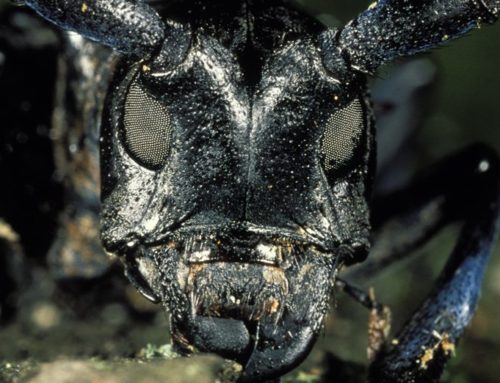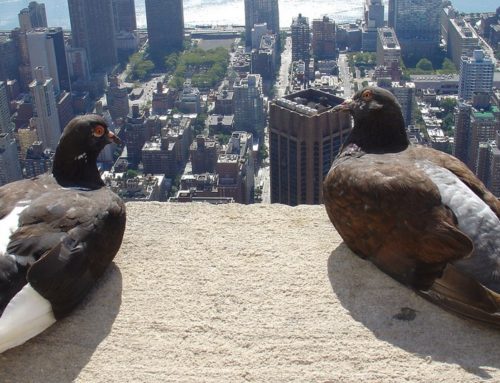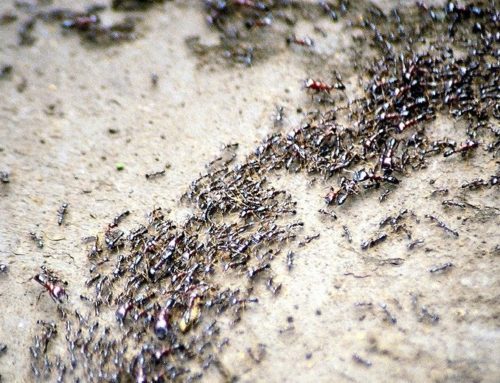At the end, there will be only one… What would be the result of a confrontation between several ants colonies, among which are the most dangerous in the world ?
To answer that, , the research team from the Laboratory of Ecology, Systematics and Evolution (Research Unit 8079 – University of Paris-Sud / CNRS (National Center for Scientific Research) / AgroParisTech) investigates pairwise interactions among four highly invasive species at the colony level, in a study published in the journal Basic and Applied Ecology. For Cléo Bertelsmeier, who led these studies during her doctoral thesis, indeed globalization and ongoing climate change are likely to increase the rate of future ant invasions , leading to simultaneous introductions of several highly invasive species within the same area. Under these conditions, the research team established a general hierarchy among the species (W. aurop-unctata/L. neglectus > L. humile > P. megacephala) in order to predict which of them would prevail. According researchers, this is the first medium-term experiment with invasive ants which records the dynamics of colony interactions on a daily basis.
Amongst invasive species, ants are a particularly prominent group that create enormous impacts on native biodiversity and ecosystem functioning. With 12 000 species already described, among which six hundred were observed outside of their native regions, and nineteen catalogued as invasive, it is evident that their proliferation causes both ecological and economical damages. The IUCN (International Union for Conservation of Nature) even classified the four species in this experiment as a part of the “100 of the world’s worst invasive alien species” list.
An immediate aggressive reaction
During the experiment, each colony consisted of three hundred workers and one queen. The ants were collected from March 2012 to May 2012 in New Caledonia (W. auropunctata, P. megacephala) and Southern France (L. humile and L. neglectus). Daily interactions were observed in June and July 2012. The number of surviving workers in the competing colonies was recorded daily over seven weeks. To increase realism, the research team provided the species with sufficient space to avoid confrontations (unlike small petri dishes) and monitored the daily survival over forty-two days. Colony fragments were maintained in plastic nest containers (55 × 35 × 25 cm) filled with substrate from the original nesting site (soil, wood, leaves) and contained several tubes of water. All colonies were in good health before the start of the experiment and no mortalities were observed due to laboratory conditions.
Connecting the foraging arenas of four species of the most invasive ants, W. auropunctata, L. neglectus, L. humile and P. megacephala, resulted in immediate aggressive interactions in all cases. After intense fighting within the first hours following colony connection, fragments of both colonies survived and declined progressively. The least dominant species was P. megacephala, which always went extinct. Interactions among the three other species showed more complex dynamics, rendering the outcome of the interactions less predictable. Overall, W. auropunctata and L. neglectus were the most dominant species. Although L. neglectus had a lower initial decline, it’s rate of declination would increase until extinction. In contrast, L. humile declined more rapidly the first day of the interaction with the proceeding rate of decline slowing down resulting in the species’ survival with two dozen individuals.
Chemical weapons
Behavioural experiments using 1:1 (man-to-man / ant-to-ant ?) worker interactions have shown that the two high-ranking species, W. auropunctata and L. neglectus, use mainly chemical defenses , while the two lower-ranking species use mainly physical defenses when paired with one of the three other species (Bertelsmeier et al., 2015a). It is notable that the most dominant species, W. auropunctata, also has the smallest body size. P. megacephala and L. humile rapidly invaded the arena of the opponent species, leading to a high proportion of fights occurring on the territory of the opponent. In contrary, W. auropunctata and L. neglectus were slower, more passive explorers. Interestingly, the species with the highest tendency to invade the opponent’s territory suffered the highest mortality. This suggests that the two species with strong exploratory behaviour were less competitive through interference. This strong exploratory behaviour might however confer an advantage through exploitation competition. Nonetheless, it has been suggested that invasive ants can break this discovery dominance trade-off by excelling at discovering and dominating resources (Holway, 1999).
Interference competition between invasive and native ant species is relatively well studied, but interactions between invasive ant species remain poorly known. It is unclear how two invasive ant species would interact, should they simultaneously be introduced in the same area. However, predictive species distribution modelling does not take into account biotic interactions (Guisan & Thuiller, 2005). Therefore it is important to investigate whether a single top dominant ant species may ultimately prevail displacing other aggressive, yet less competitive, invasive species.



